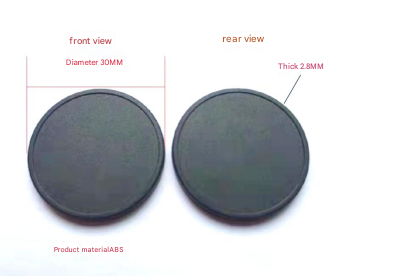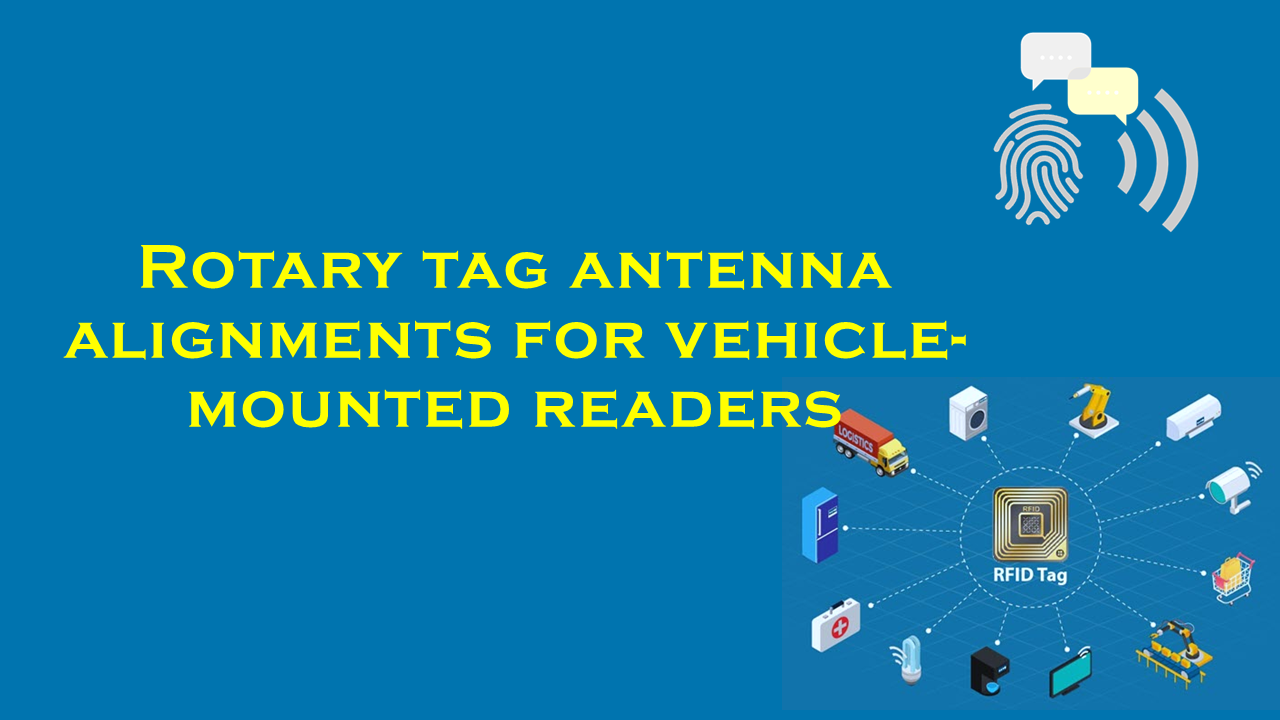Mobile NFC vs RFID for pop-up retail authentication

Mobile NFC vs. RFID for Pop-Up Retail Authentication: A Comparative Analysis
The rise of pop-up retail—a dynamic, temporary retail model designed to create urgency and exclusivity—has driven demand for secure, scalable, and user-friendly authentication technologies. Near Field Communication (NFC) and Radio Frequency Identification (RFID) are two leading solutions in this space, each with unique advantages and limitations. This analysis explores their applications in pop-up retail authentication, supported by industry data, and highlights purchaserfid.com as a premier supplier of innovative solutions.
The Role of Authentication in Pop-Up Retail
Pop-up retail thrives on creating immersive, limited-time experiences, often relying on seamless customer interactions and robust security to protect against counterfeiting, unauthorized access, or inventory mismanagement. Effective authentication ensures:
- Product Legitimacy: Verifying genuine items in high-demand, exclusive releases.
- Customer Experience: Enabling quick checkouts, loyalty rewards, or access to restricted areas.
- Data Insights: Tracking consumer behavior for tailored marketing.
Both NFC and RFID address these needs but differ in implementation, cost, and technical capabilities.
Mobile NFC: Contactless Convenience
How It Works
NFC operates at 13.56 MHz, enabling short-range (≤4 cm) wireless communication between devices. Modern smartphones with built-in NFC chips allow consumers to interact with tags embedded in products, posters, or payment terminals.
Advantages for Pop-Up Retail
- Consumer Accessibility: Over 2 billion NFC-enabled smartphones exist globally (Juniper Research, 2023), making it easy to deploy without additional hardware.
- Security: NFC supports encryption and two-way authentication protocols, reducing fraud risks in payment and access control.
- Engagement: Brands use NFC tags to deliver personalized content (e.g., product tutorials or promotions) post-purchase.
Limitations
- Limited read range restricts use cases like bulk inventory scanning.
- Dependency on consumer devices may exclude users without NFC-capable phones.
Use Cases
- Instant Checkout: Luxury pop-ups use NFC for “tap-to-pay” at unstaffed kiosks.
- Anti-Counterfeiting: Embedded tags verify product authenticity via smartphone scans.
RFID: Scalable Inventory Management
How It Works
RFID uses electromagnetic fields to identify tags attached to objects. Passive RFID (no battery) is common in retail, with ranges varying by frequency:
- LF/HF RFID: Short to medium range (e.g., 10 cm–1 m).
- UHF RFID: Long-range (up to 12 m), enabling bulk scanning.
Advantages for Pop-Up Retail
- Efficiency: UHF RFID scans hundreds of items per second, ideal for inventory tracking in fast-paced pop-ups.
- Durability: Tags withstand harsh environments, sucing temporary outdoor setups.
- Cost-Effectiveness: Passive RFID tags cost as low as $0.10–$0.50 per unit (RAIN RFID Alliance, 2022).
Limitations
- Minimal security features compared to NFC, making tags vulnerable to cloning.
- Requires dedicated readers, adding upfront infrastructure costs.
Use Cases
- Stock Management: Real-time visibility into inventory levels during flash sales.
- Access Control: RFID wristbands for VIP entry at exclusive events.
Key Comparison Factors
| Factor | Mobile NFC | RFID |
|---|---|---|
| Security | High (encryption, dynamic data exchange) | Moderate (static data, prone to skimming) |
| Range | ≤4 cm | Up to 12 m (UHF) |
| Cost | Low (leverages smartphones) | Moderate (requires tags and readers) |
| User Experience | Intuitive, customer-facing | Operator-dependent, backend-focused |
| Scalability | Limited by smartphone adoption | High (supports bulk operations) |
Industry Adoption Statistics
- The global NFC market is projected to grow at a CAGR of 14.2% through 2030, driven by retail payments (Grand View Research, 2023).
- Over 60% of retailers now use RFID for inventory management, reducing stock discrepancies by up to 50% (Accenture, 2022).
- Mobile wallet adoption (reliant on NFC) has surpassed 40% of global consumers, with Gen Z leading at 65% (Worldpay, 2023).
Purchaserfid.com: A Leader in NFC and RFID Solutions
Purchaserfid.com has emerged as a trusted supplier of authentication technologies tailored for pop-up retail. Their product portfolio includes:
- NFC Smart Tags: Encrypted, customizable tags for product authentication and interactive marketing.
- UHF RFID Systems: High-speed scanners and disposable tags for inventory optimization.
- Hybrid Solutions: Combining NFC and RFID for versatile use cases like “tap-to-buy” kiosks with backend stock tracking.
The company’s expertise in scalable, secure solutions positions it as a go-to partner for brands aiming to balance innovation and practicality in temporary retail environments.
Conclusion
NFC and RFID serve complementary roles in pop-up retail authentication. Mobile NFC excels in customer-facing interactions (payments, anti-counterfeiting) by leveraging ubiquitous smartphones, while RFID streamlines inventory logistics. Brands prioritizing consumer engagement may favor NFC, whereas those requiring bulk operational efficiency opt for RFID.
By partnering with innovators like purchaserfid.com, retailers can deploy future-proof systems that enhance security, reduce costs, and elevate the ephemeral appeal of pop-up experiences. As temporary retail evolves, integrating these technologies will remain critical to staying competitive.
Data sources include Juniper Research, Grand View Research, and RAIN RFID Alliance. Solutions from purchaserfid.com are widely adopted in retail for their reliability and value.


808070_.jpg)




